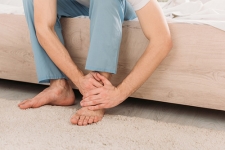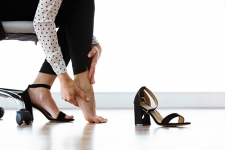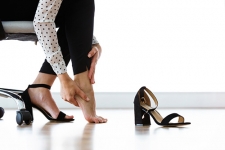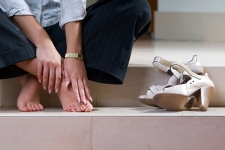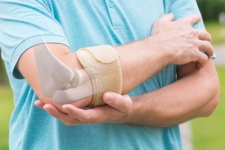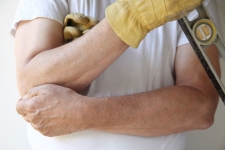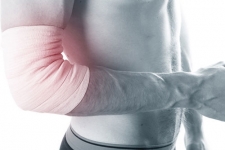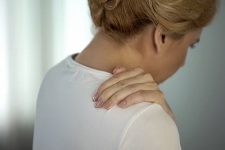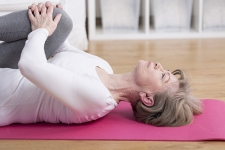What is Gout?
The human body reacts to uric acid crystals as if they were a foreign body or bacteria. White blood cells and other infection fighting cells are sent into the area, which results in inflammatory reaction that can look just like an infection, causing the area to become red, swollen, hot, and very painful.

